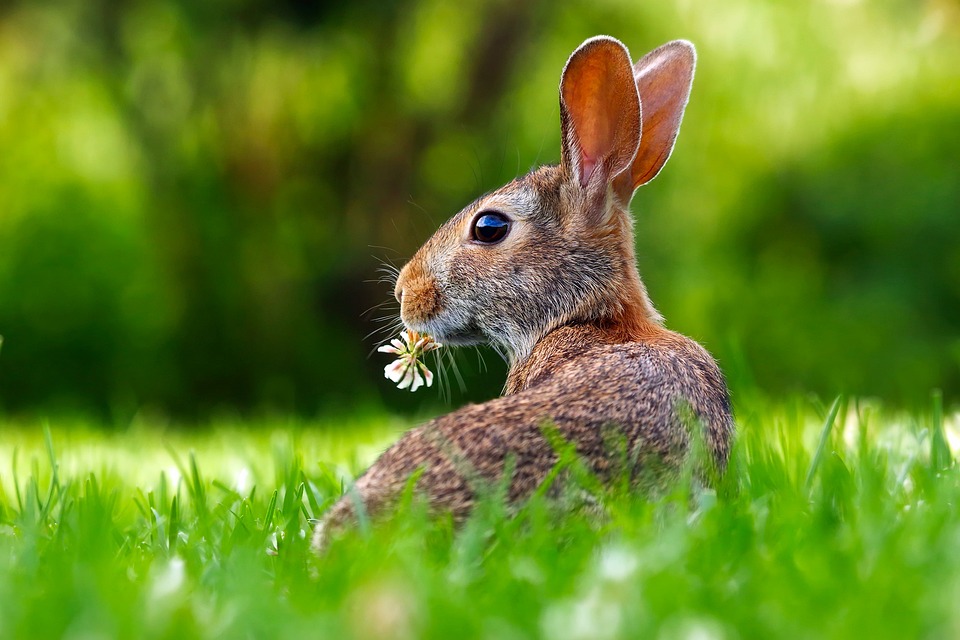Introduction
A well-maintained lawn enhances the beauty of any property, providing a lush and inviting outdoor space. However, achieving the perfect lawn requires knowledge and effort.
1. Soil Preparation
The foundation of a healthy lawn starts with proper soil preparation. Conduct a soil test to determine its pH level and nutrient content.
2. Lawn Mowing
Mowing is an essential aspect of lawn care that directly influences its health and appearance. Set your mower blades to the appropriate height for the grass species you have.
3. Watering Techniques
Proper watering is crucial for maintaining a vibrant lawn. Deep watering encourages roots to penetrate deeper into the soil, promoting a healthier and more drought-resistant lawn.
4. Weed Control
Weeds are the nemesis of a perfect lawn, competing for nutrients, sunlight, and space.
5. Fertilization
A well-fertilized lawn is key to achieving a vibrant and lush appearance. Apply a balanced fertilizer with the appropriate nutrients for your grass type.
6. Lawn Aeration
Lawn aeration is a process that helps reduce soil compaction, allowing air, water, and nutrients to reach the grassroots.
7. Pest and Disease Management
Keep a vigilant eye on your lawn for signs of pests or disease. Look out for brown patches, chewed blades, or unusual spots.
FAQs Section
Q: How often should I mow my lawn?
It is generally recommended to mow your lawn once a week during the growing season.
Q: How much should I water my lawn?
It is best to deep-water your lawn about one inch per week.
Q: When is the best time to fertilize my lawn?
For most lawns, it is ideal to fertilize in early spring and again in the fall.
Q: How do I prevent weeds in my lawn?
Maintaining a healthy lawn through proper mowing, watering, and fertilizing will naturally deter weed growth.




